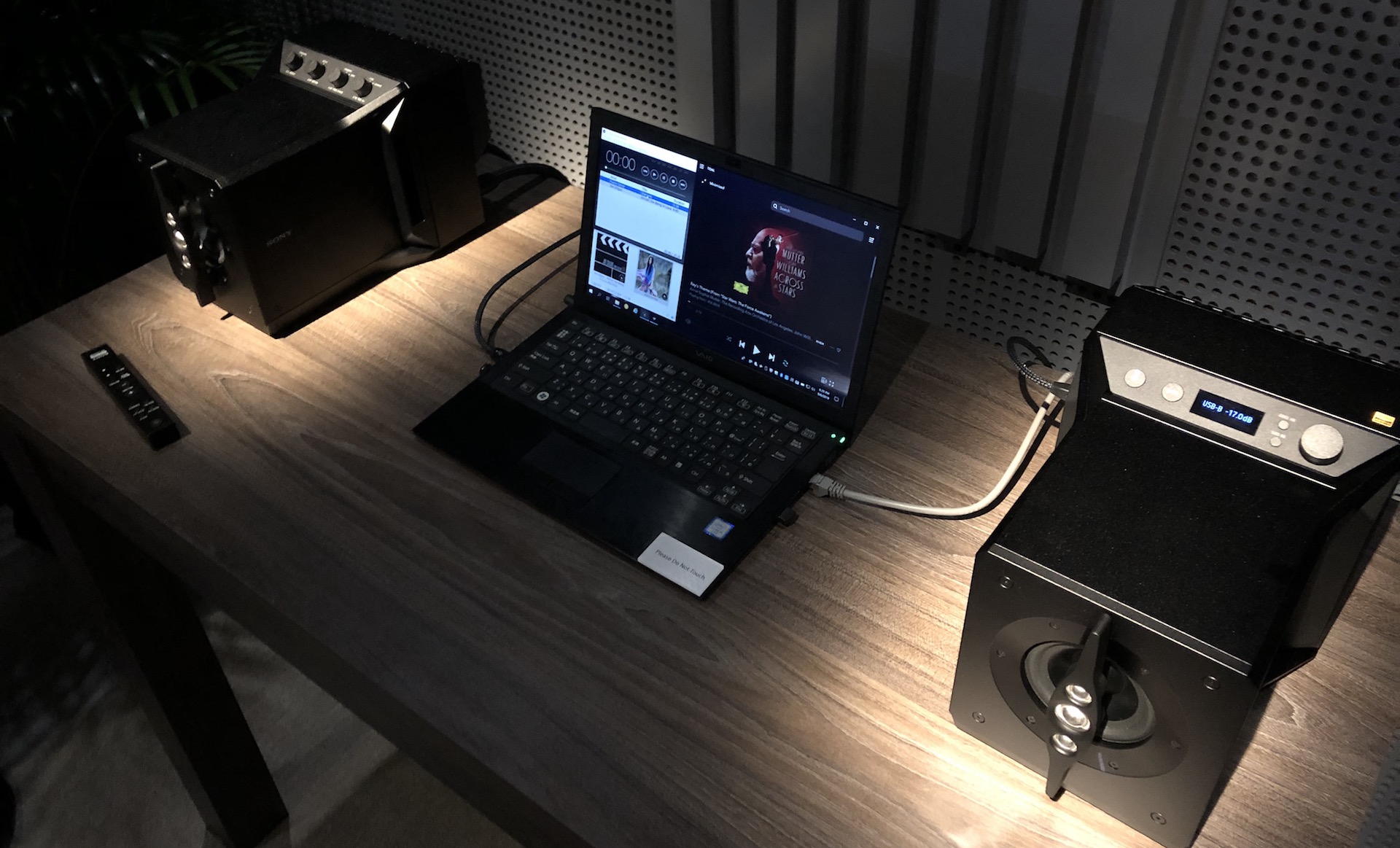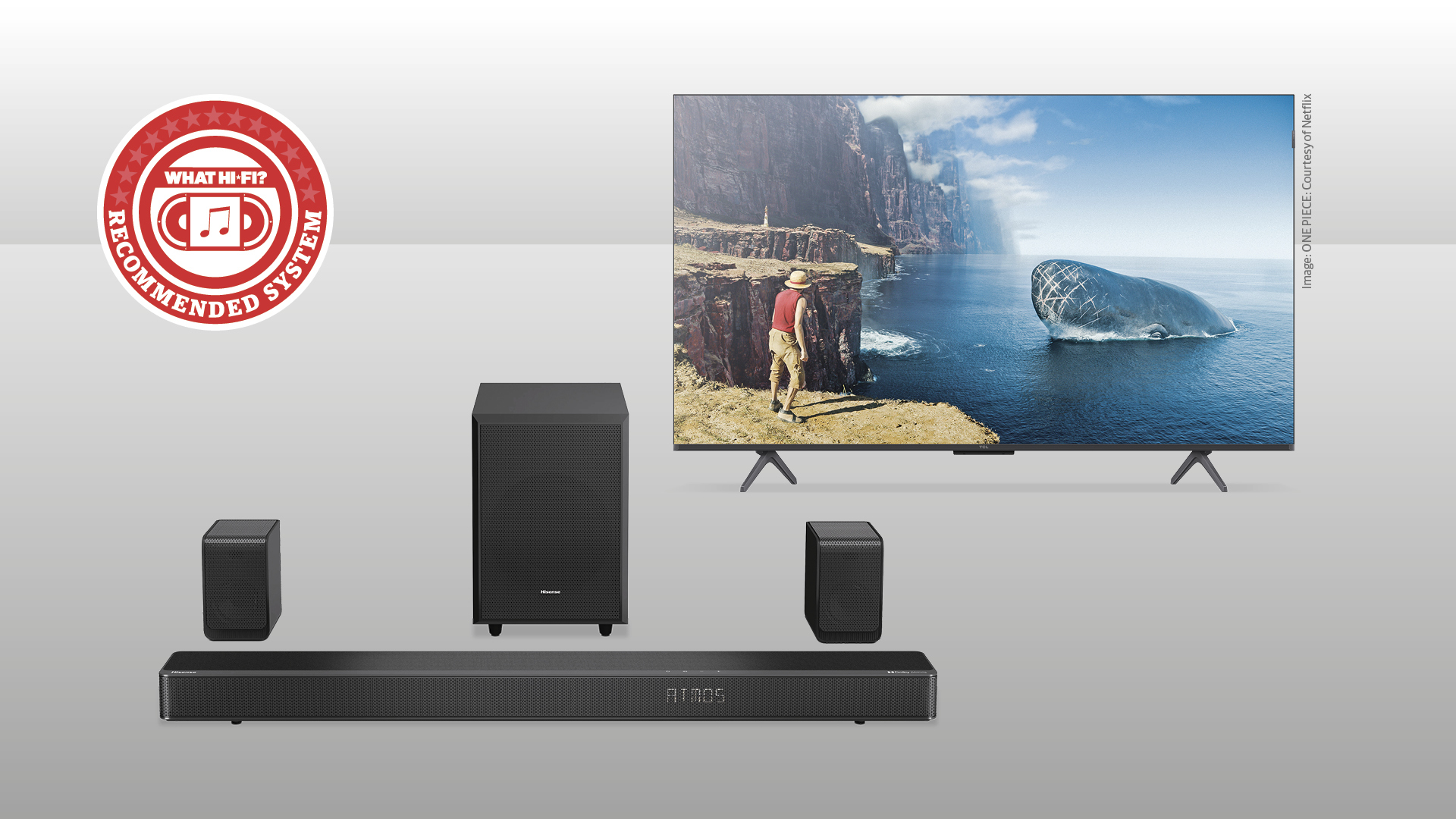Early Verdict
The SA-Z1 delivers an intriguing audiophile experience and it feels like the kind of tech that could have a big impact on the future of hi-fi
Pros
- +
Impressive imaging
- +
Smooth, refined presentation
- +
Solid build
Cons
- -
Big price tag
Why you can trust What Hi-Fi?
The aim of the Sony SA-Z1 is to help create a small, personal listening space and experience proper hi-fi with no sacrifices. No need to limit yourself to a headphone-based system or compromise with a wireless speaker because of room issues, or lose out on stereo imaging because of seating constraints.
So how does the SA-Z1 achieve this? It uses near-field speaker technology to deliver freedom and flexibility without, Sony claims, any loss of sonic quality. And it’s quality you’ll expect, given the SA-Z1 powered speaker system falls into Sony's Signature Series of high-end hi-fi kit. You're looking at a £6500 (€7000) price tag when it goes on sale in the summer of 2020.
Build

With a near-field speaker, key to its performance is time alignment. You are sat a lot closer, so the configuration of drive units and the audio processing need to be spot on, otherwise your soundstage can turn into a complete mess. Imaging, focus and depth can all suffer due to poorly integrated drivers and Sony has gone to great lengths to keep everything in the SA-Z1 system balanced.
Cabinet design is another area that needs careful consideration. It’s likely the speakers will be placed close to a wall, so having a rear-ported design prone to chuffing wouldn't be great.

For the SA-Z1, Sony has used an identical coaxial layout of woofers and tweeters in each speaker.
Firstly, there are two horizontally opposed (and braced), 10cm alumite woofers – a layout inspired by a traditional Japanese Tsuzumi drum. Because they're placed back-to-back, they cancel out each other's vibrations.
The sound from the rear passive woofer radiates out through ducts in the side of the cabinet. Sony claims this helps with the spatial affect of the system's soundstage.
The latest hi-fi, home cinema and tech news, reviews, buying advice and deals, direct to your inbox.
The SA-Z1's front drive units are arranged in what Sony calls an I-Array system. There are three tweeters lined up vertically – two 14mm assistive tweeters, flanked by a more traditional 19mm unit, all of which are coated in titanium.

These tweeters work together to ensure the system creates wide dispersion. Sony used special computer based physical simulation technology to find the exact point where there’s no interference between the drivers and to make sure they achieve the required frequency response.
The alignment and synchronisation between the leading edges of sound waves are processed by a FPGA (Field Programmable Gate Array), one per speaker, which uses a unique algorithm designed by Sony.
Unsurprisingly, the speakers aren’t connected wirelessly, there’s a BUS cable running between the two that also includes a clock control to reduce the possibility of digital timing errors.
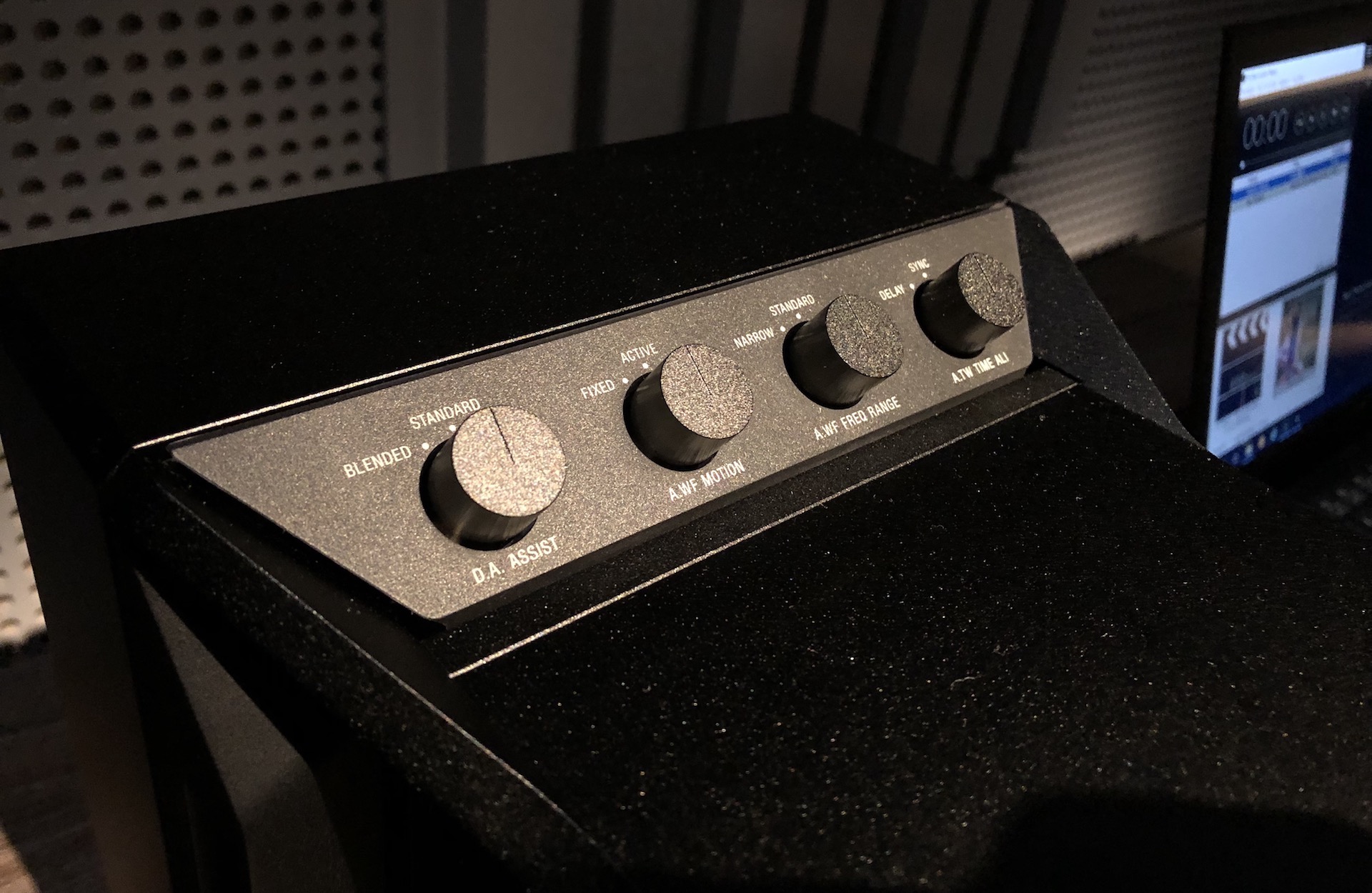
One speaker has controls for altering the sound balance, while the other has all the inputs, a small display on top, volume control and buttons for its audio processing modes.
The SA-Z1 uses a D.A. Hybrid Amplifier Circuit, similar to that found inside Sony’s TA-ZH1ES Signature Series headphone amplifier. This version has been fitted with a new power semi-conductor that uses Gallium Nitride, a material that Sony claims reduces distortion, increases efficiency and allows the hybrid amp to achieve its 100kHz frequency response.
Each speaker weighs in at a beefy 10.5kg with is made up from six aluminium plates. They’re constructed to allow the system to be free of vibration and use a tongue and groove construction to lock together.
Features
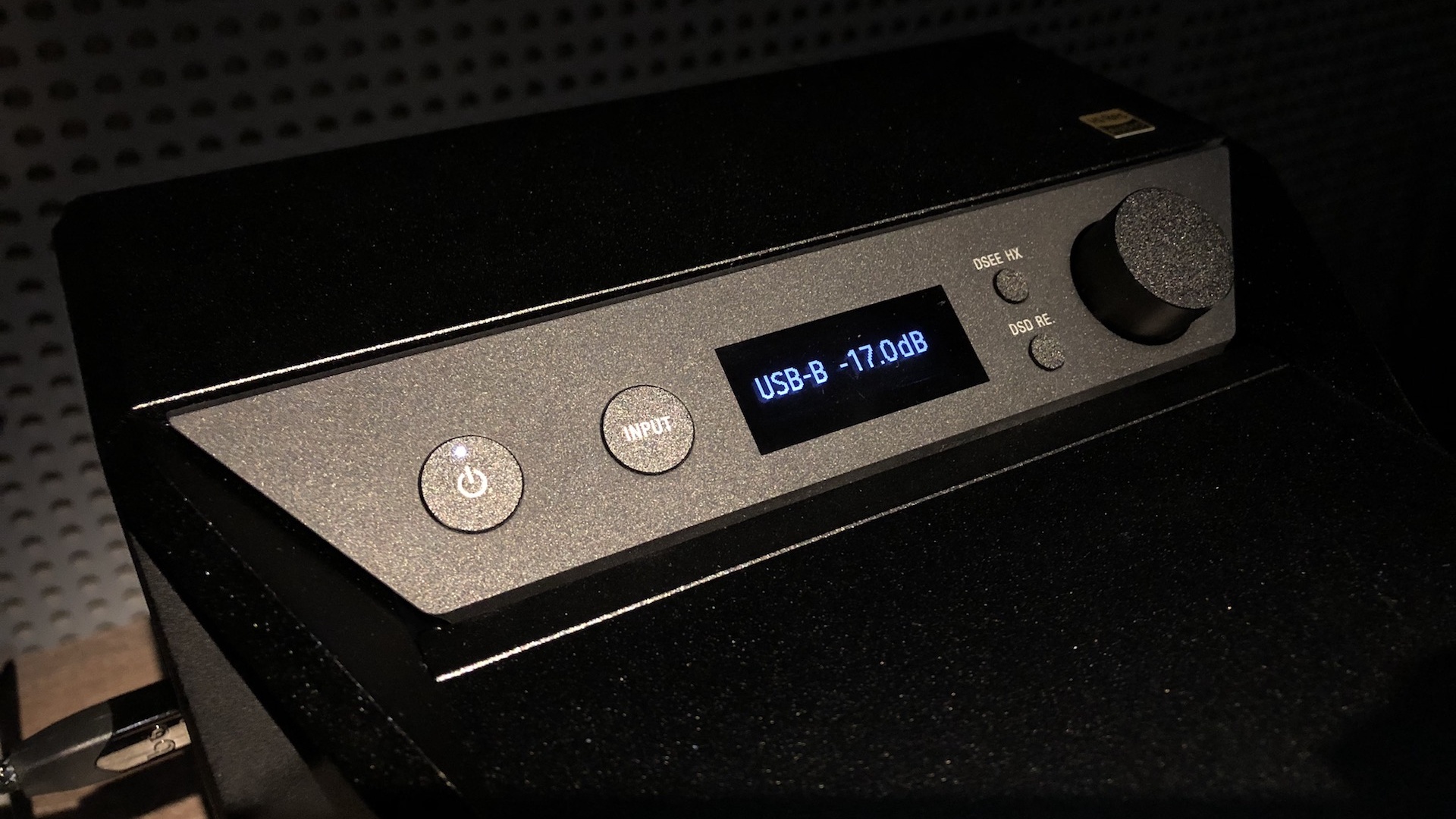
You've got access to a number of sockets, including a dedicated input for Sony Walkmans, USB input for a desktop or laptop computer and an optical digital input.
Naturally, the system is also compatible with a wide range of file formats and sample rates, including DSD and 32-bit/768kHz.
The SA-Z1 uses the most advanced version of Sony’s DSEE-HX audio processing to date. It's designed to upscale low quality files to near hi-res and can be turned on or off at the press of a button.
A remote control comes as part of the package – it's streamlined and minimalist with volume controls and buttons for switching input, navigating menus through the display and turning the DSEE HX and DSD upscaling on and off.

Speaking of displays, Sony has fitted the SA-Z1 with a specific type that creates minimal interference with the internal circuit.
Out of the box, the SA-Z1 is set up to get the best sound possible as default, but should you want to tweak a particular aspect of the sound, there are four sound tuning modes you can play around with – accessed through dials on top of one of the speakers.
You can alter the balance of the hybrid amplifier to make give it more of a digital or analogue flavour, and change the amount of movement from the passive woofer to affect bass. You can also manipulate the time alignment of the two assist tweeters which will affect the depth of your soundstage.
Sound
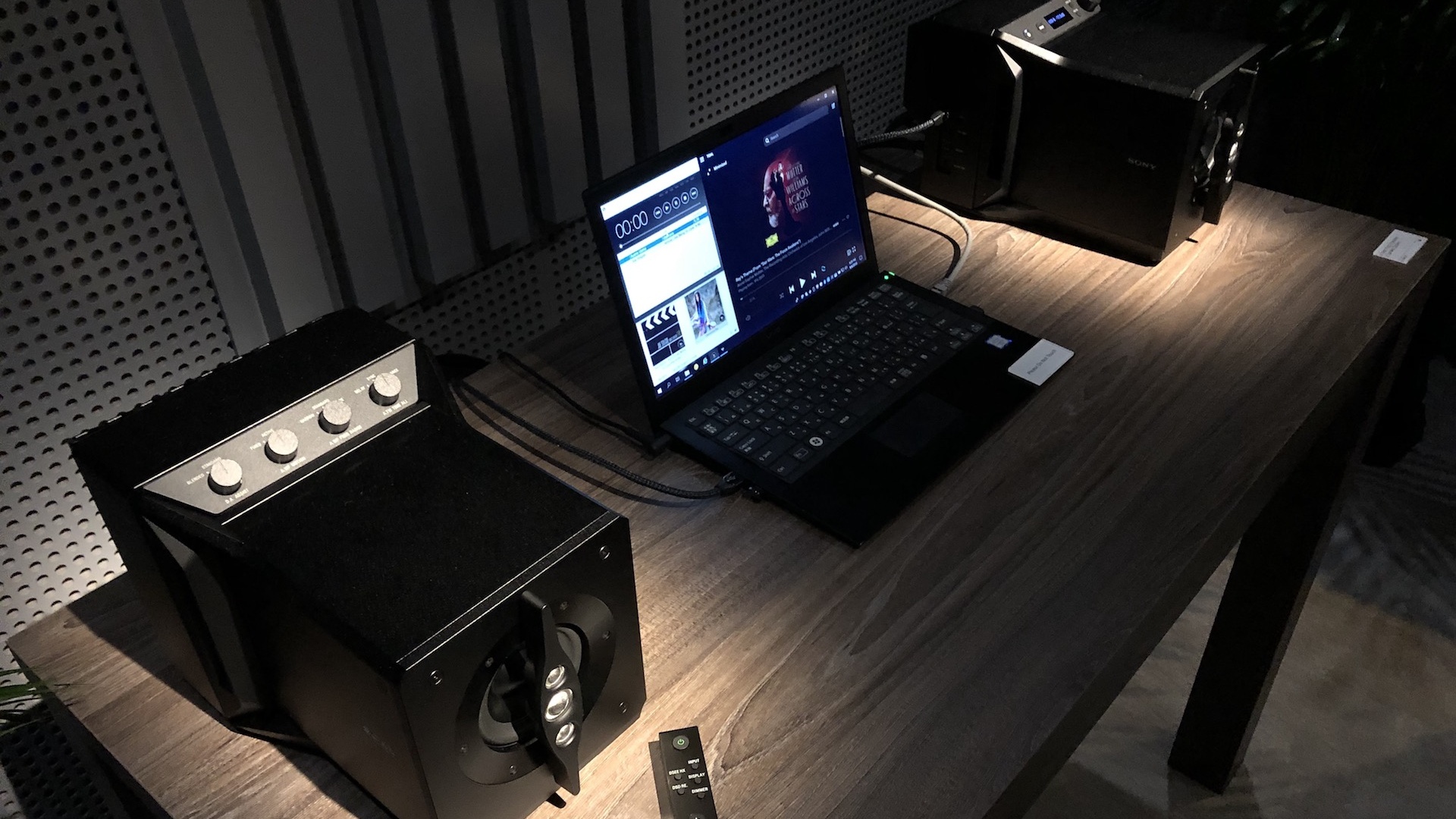
During our demo, we were sat right in the sweet spot, a couple of feet in front of the desk where the speakers were perched. The source was a MacBook using high-quality Tidal streams.
The first thing you notice is the soundstage. It sounds familiar but almost completely alien at the same time. This isn’t a conventional set-up where you have a 10 to 15ft gap between your speakers and your seating position. You are thrust right into the face of it, and the up close and personal presentation really takes you by surprise.
Music sounds immediate and exceptionally intimate. And, although you're sat close to the speakers, there's no sacrifice of width. The soundstage sounds anything but congested with different elements of the track all given space whilst still working together as a whole.
We heard a handful of tracks, including German violinist Anne-Sophie Mutter's orchestral version of Rey’s Theme from Star Wars: The Force Awakens, and Billie Eilish’s tub-thumping Bad Guy.
With Rey's Theme, it really does feel as though the orchestra was in the room, delivering a private performance.
The delicacy and sense of refinement to the strings was super clear and quite obvious. It was a similar case with the precision and focus of the bass and vocal from the Billie Eilish track. There's detail in abundance, but it did seem to take a little bit of time to get used to just how close the soundstage is.
There wasn't really time to play around with the sound controls, so that's one thing we're looking forward to when we get a proper review sample, plus hearing how the system sounds at different distances will be interesting to experience too. Hopefully, we won't have too long to wait!
Early verdict
The proximity of the sound field takes a little getting used to, but there's no doubt the Sony SA-Z1 system brings something interesting and exciting to the table.
Yes it's expensive, but we haven't heard anything quite like it. It won't necessarily appeal to everyone, but irrespective of how great it does (or doesn't) sound, it's the potential of how this kind of system might evolve and shape hi-fi systems of the future that's the real eye-opener.
MORE:
Hands on: Sony Walkman NW-ZX507 review
Apple TV Plus launches on 1st November at £4.99/month
See all our Sony reviews
What Hi-Fi?, founded in 1976, is the world's leading independent guide to buying and owning hi-fi and home entertainment products. Our comprehensive tests help you buy the very best for your money, with our advice sections giving you step-by-step information on how to get even more from your music and movies. Everything is tested by our dedicated team of in-house reviewers in our custom-built test rooms in London, Reading and Bath. Our coveted five-star rating and Awards are recognised all over the world as the ultimate seal of approval, so you can buy with absolute confidence.
What is a hands on review?
'Hands on reviews' are a journalist's first impressions of a piece of kit based on spending some time with it. It may be just a few moments, or a few hours. The important thing is we have been able to play with it ourselves and can give you some sense of what it's like to use, even if it's only an embryonic view.
